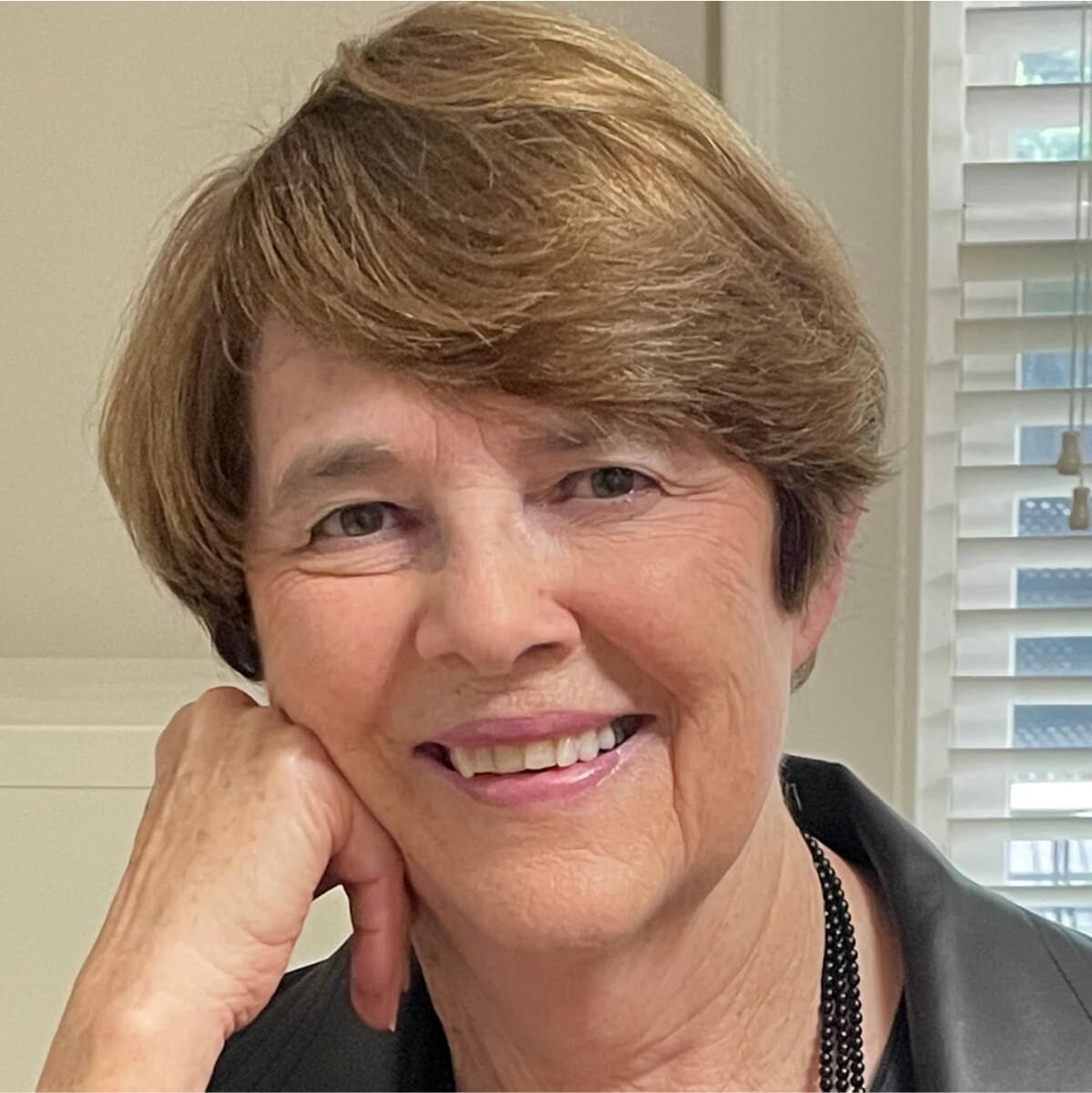
Domestic abuse in the age of Covid-19
April 17, 2020
Imagine having an abusive partner. Now imagine being confined to your home for weeks on end with your abuser. This is the double menace that domestic violence victims in South Carolina – and everywhere else – face today: a lethal virus outside and a dangerous abuser inside.
This is today’s reality in the age of Covid-19 and its attendant stay-at-home orders. These mandates are absolutely nec- essary. Public health experts say such orders, along with physical distancing, are the only tools we have at the moment to slow down, and ultimately end, the Covid-19 pandemic. But women facing domestic violence are paying an especially steep price.
South Carolina is consistently one of the 10 worst states in the nation when it comes to violence against women. In 2019, the Palmetto State rose in rank from sixth to fifth in the rate of women being murdered by men.
In February, South Carolina lawmakers said they are considering GPS monitoring of abusers that would alert victims when their abusers are nearby. Passage of such legislation is far in the future, however—if ever. And the corona virus is now, with calls to hotlines declining largely because victims cannot get out of the house to cry for help.
This is not just a local nightmare. The United Nations last week called for urgent action to fight the worldwide surge in domestic violence. “I urge all governments to put women’s safety first as they respond to the pandemic,” UN Secretary General Antonio Guterres wrote on Twitter.
The surge is not surprising. Domestic violence increases whenever families spend more time together, such as Christmas holidays and summer vacations. And terrifying pandemics.
“We know any time an abusive partner may be feeling a loss of power and control—and everybody’s feeling a loss of power and control right now—it could greatly impact how victims and survivors are being treated in their homes,” Katie Ray-Jones, chief executive of the National Domestic Violence Hotline, told The New York Times last week. “This is really a heartbreaking time.”
Spending weeks or months in the presence of an abusive partner also takes an emotional toll. When the abusive partner left for work or their children were at school, the victim might have felt safe, if only for a few hours. But with businesses shut and school shuttered, even that “window of relief” is closed, to the detriment of the abused partner’s mental health.
There’s even more bad news. The pandemic “has created the conditions for a rise in child abuse that could go unchecked,” Dr. Nina Agrawal, a child abuse pediatrician, wrote last week in a New York Times op-ed.
“We’ve seen this before in stressful times. During the 2008 recession, pediatricians reported a rise in infant injuries and deaths from abusive head trauma, a trend that lingered for years after the economy recovered,” she said.
It gets worse. Educators, according to Dr. Agrawal, are “the primary source of reports (20 percent) to child protective services nationwide.” With schools currently closed, teachers, guidance counselors, and day care providers aren’t able to keep their eyes on the vulnerable children usually in their care.
What can we do for these defenseless children who might be victims of abuse in the age of corona virus? “Small acts of support,” suggests Dr. Agrawal, “whether in the form of food, toilet paper, coloring books or just an empathetic ear, can make a difference and ease parents’ stress.” Technology can be used for virtual check-ins. And remember that anyone can report concerns to child protective services.
For vulnerable adults, the National Domestic Violence Hotline operates 24/7 at 1- 800-799-SAFE. If you’re unable to speak safely, you can log onto thehotline.org or text LOVEIS to 22522. For immediate danger, call 911.
Jan Collins is a Columbia- based journalist, author, and editor. A former Nieman Fellow at Harvard and former Congressional Fellow in Washington, D. C., she is the coauthor of Next Steps: A Practical Guide to Planning for the Best Half of Your Life (Quill Driver Books, 2009). To read more of Jan Collins’s articles in The Columbia Star newspaper, visit www.jan-collins.com.

Jan Collins is a Columbia, South Carolina-based journalist, editor, and author. A former Nieman Fellow at Harvard and former Congressional Fellow in Washington, D. C., she is the coauthor of Next Steps: A Practical Guide to Planning for the Best Half of Your Life (Quill Driver Books, 2009).